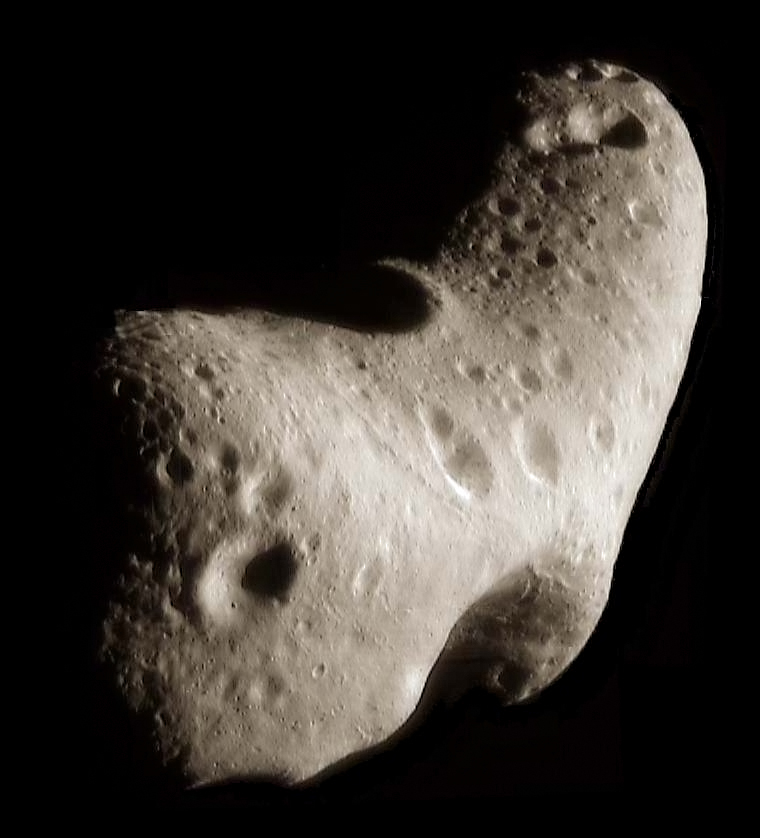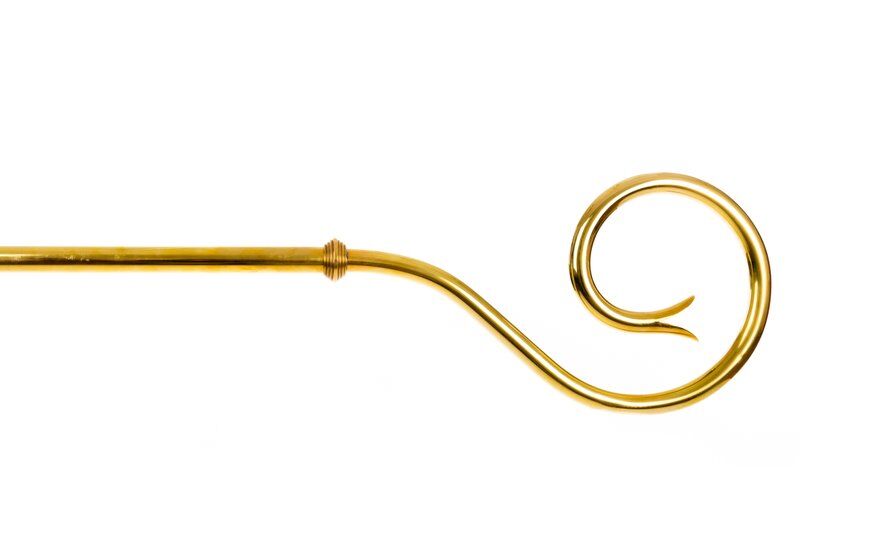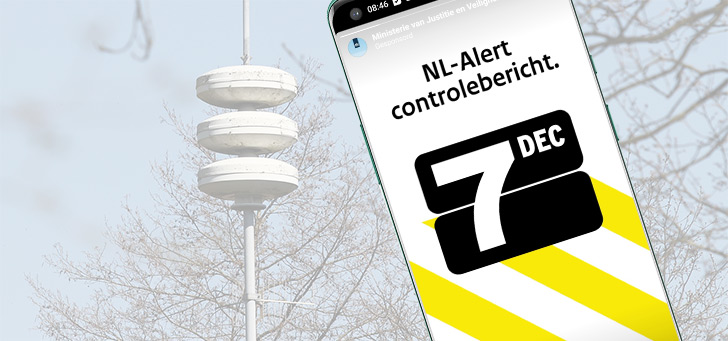‘We will not die for an asteroid for the first thousand years’
Good news. We won’t experience a dino moment by an asteroid for the next thousand years, according to NASA’s stats.
Contents
Asteroid or asteroid?
Asteroid (‘star-like’) is a term that has come over from the Anglo-Saxon language area. More accurate is therefore the Dutch word asteroid, “planet-like”. Asteroids have nothing to do with a star (aster in Greek). They are remnants left after the formation of our planetary system. The largest asteroids, such as 1 Ceres and Pluto, which also have a round, planet-like shape, are therefore also referred to as dwarf planets.
More explosive force per kilo than TNT
Anything that enters the Earth’s gravitational well and eventually impacts here has a speed of at least 7 miles per second. That is more than a rifle bullet and the kinetic energy is therefore catastrophically high, 62.5 megajoules per kilogram. By way of comparison: detonating a kilo of TNT yields “only” 4,184 MJ, which is around fifteen times less. Multiply this number by the mass of a sloppy cubic kilometer of rock, or more, and you will understand that this will have extremely dire consequences for the biosphere, and therefore for humans. Asteroids are therefore (after humans) by far the deadliest threat to life on Earth.
Near Earth asteroids, the near-Earth objects
Fortunately, most asteroids are stable in the asteroid belt or in the Trojan clouds of Jupiter and Saturn. But a limited number have orbits that cross Earth’s. We call these near-Earth asteroids, known in English as near-earth asteroids.
The most famous example (but not yet a real near-earth object) is 433 Eros, known to fans of the series The Expanse. This is an elongated asteroid measuring 34 x 11 x 11 kilometers in diameter that, if it crashed into Earth, would virtually wipe out anything larger than a rat. To reassure you: the aphelion (closest point to the sun) of 433 Eros is 1.17 AU, so worst case still 0.17 AU (25 million kilometers) from Earth.

Probably no impact
Unfortunately, we cannot say this about all near-Earth objects. There are close to a thousand, which do cross the Earth’s orbit, although they are much smaller than Eros. Based on statistical considerations, NASA estimates that 95% of these are known. None of these known asteroids will impact Earth in the next thousand years. That cannot be ruled out with smaller asteroids, such as the nasty boulder Apophis, but these will only have a devastating effect regionally. Although many millions will die and humanity will receive a hard blow, life as such will not be threatened.



